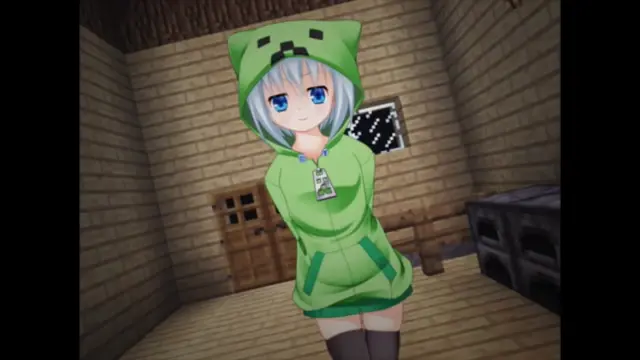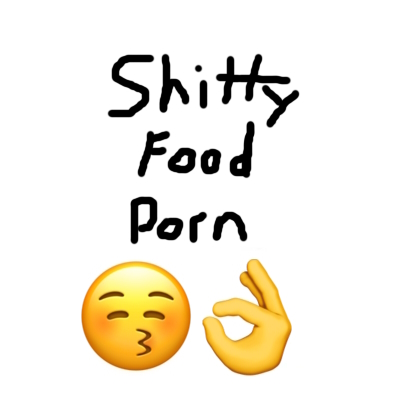

OP has a ℂ now.
Interests: programming, video games, anime, music composition
I used to be on kbin as [email protected] before it broke down.


OP has a ℂ now.
Yeah, that looks like Jolly Roger Bay.
probably アレックス
Alex Louis Armstrong is アレックス・ルイ・アームストロング on the Japanese Wikipedia article about Full Metal Alchemist’s main characters; so, seems like that’s correct.


I’m not aware of an already existing way to do that within Cinnamon, but you could try installing the Unity desktop instead (which is what Ubuntu was using back then). Canonical moved away from it in favor of GNOME some years ago, so it’s languished, but I was running a version of it until I jumped ship to Mint and Cinnamon earlier this year; it’s still possible to run it, though you might have to work around some breakage from limited maintenance.
Staying within Cinnamon, you can move the panel up to the top and re-arrange/remove elements on it. I made a few tweaks like that to my set up since I was running Unity for so long. e.g. put the menu on the right with a different icon, etc. That was good enough for me, personally.


Yes, and they’re often used together.
Celery is cold tolerant and can be grown/harvested in winter, IIRC. That might also be a factor in why it’s prevalent in soups?
Wait. Why the fuck are people searching for Minecraft on PornHub? O.o
Did the Creeper Girl get, uh, more explicit in the years since she was on YouTube or something?



Toasted cheese+rice+bacon+spinach+avocado+pepperoni wrap? I’d try it.


TL;DR:
Effective January 20, 2026, verified purchasers can download the EPUB and PDF files of your confirmed DRM-free books.
– from the linked Amazon page


It’s an aromatic vegetable: https://www.thespruceeats.com/what-are-cooking-aromatics-5223792
Linux Mint. No IDE – I just use xed (a fork of gedit) + gnome-terminal, both of which ship with the distro. Only plugin I use regularly for xed is “Code Comment” which lets you comment/uncomment blocks of code quickly.


My guess was that it was probably due to Hollywood, but some form of mass communication, almost certainly.


I had a roommate from Manchester (UK) for a couple months back in college. I’m American (US). He seemed to have no trouble understanding me, but I usually couldn’t understand what he said without him repeating it multiple times.


I haven’t gotten around to playing either of them yet myself, but Nine Sols and Astro Bot also come to mind as titles that got a lot of attention.


Which sort of makes sense since the US has always had a huge agricultural / grain surplus.
米国 is because of ateji, not agriculture. 米 is the second character of 亜米利加 – an old transliteration of “a-me-ri-ka” as kanji. 亜 is the shorthand for Asia (亜細亜); the second character 米 is used as the shorthand for America. 米 is both the country (USA) and the continents – e.g. 北米 and 南米 are sometimes used for North and South America, respectively, while 米軍 is the US military.
Katakana has mostly replaced kanji transliteration of foreign words in modern Japanese, but some uses like the 米 shorthand persist.


I haven’t tried Nostr, so have no opinions on what the experience of actually using it is like, but cryptographic identity seems like it’d be a better way (technically speaking) of doing things than AP; tying everything to domain names has worked rather poorly – as we’ve seen repeatedly every time an instance goes offline…
I ended up on AP after jumping ship from reddit. I was on kbin first (since it was readable w/o JS and I liked the UI), and then later using the mlmym interface for lemmy as kbin because more unstable and eventually went offline.


reddthat is an instance hosted in Australia; so the answer to “how will the ban affect it” is “we already have an age limit in place”. That’s my point.


We discussed it in the community posts back in Dec 2024 when the law passed – February is when the sign up change happened and March was when the announcement went up. The UK’s bullshit may be what prompted the announcement happening then though.


On reddthat, we got this notice in an announcement back in March 2025:
Age Restriction
Effective immediately everyone on Reddthat needs to be 18 years old and futher interaction on the platform confirms you are over the age of 18 and agree with these terms.
If you are under the age of 18 you will need to delete your account under Settings
This has also been outlined in our signup form that has been updated around the start of February.
Hmm. I dabble in artistic programming. Would anyone be interested if I posted about stuff like how I implemented a pencil tool in my pixel editor, wrote an image stitcher, or made this trippy spiral animation occasionally? I’d probably be posting more on the mad science / math wizardry side of things if that is of interest (and in scope).